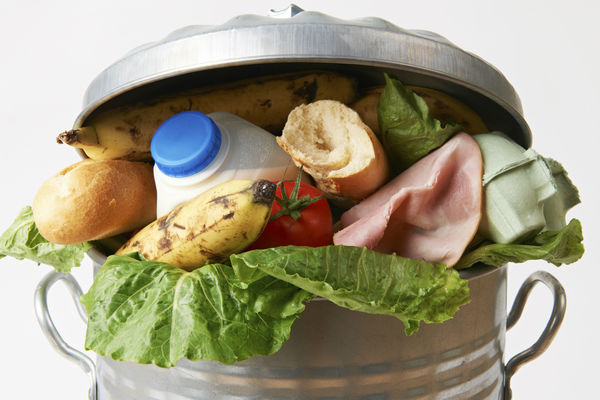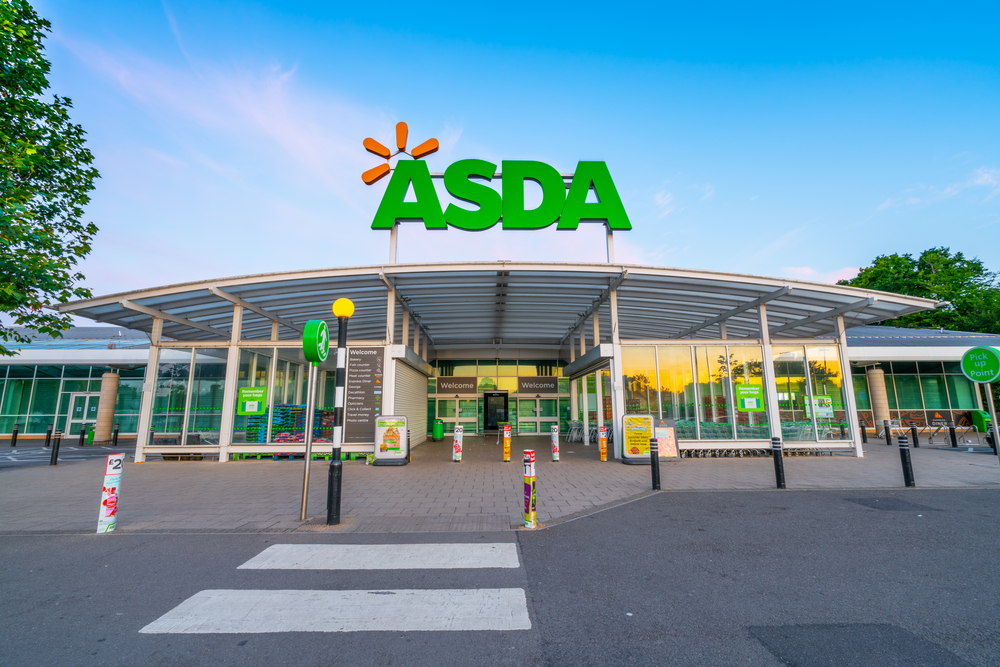Retailers in all sectors are coming under increasing pressure to reduce the amount of waste they produce.
This could mean either ramping up their recycling efforts, reducing their avoidable waste or finding new ways to make the most of what they have the throw away.
France and Italy recently passed legislation aiming to reduce supermarket food waste, which in the UK amounts to 200,000 tonnes per year and is estimated to be worth £19 billion.
In an industry where margins can make or break you, the most seemingly insignificant changes to percentages of things like waste can have a huge impact on profits.
Back in March the Big 4, along with many other key retailers, signed the voluntary Courtauld 2025 agreement pledging to avoid food waste by 20 per cent in the next decade.
But how exactly do retailers plan to do this?
Labelling
Almost every item in a supermarket is being sold against the clock. Being able to sell good before the sell by date is a long standing issue for every retailer, as anything not sold costs them money.
An innovative new solution comes in the form of digital pricing displays, which allow retailers to change the price of perishable items throughout the day, encouraging sales.
“There are numerous ways that retailers can reduce food wastage, many of them technology based. One tool that many grocery retailers are currently using is dynamic pricing,” Displaydata chief executive Andrew Dark said.
“This allows retailers to strategically price perishable items throughout the day, encouraging shoppers to purchase those items before they spoil. In our experience, we‘ve found that the retailers who decrease pricing by just 1% throughout the day see an increase in sales of 2.62 per cent on average.
“To further reduce their environmental impact, retailers are using digital signage through the use of ESLs to display the pricing changes instead of traditional paper tags.
“This allows for a more flexible, dynamic pricing strategy without excess waste.”
Click here to sign up to Retail Gazette’s free daily email newsletter
Imperfect Vegetables
Another significant contributor to industry waste is imperfect goods. As customers become accustomed to having perfectly-shaped fruit and vegetables, the large quantities of obscurely shaped goods are completely wasted.
Blue Yonder conducted a survey of retail managers in the UK to find out their views on imperfect vegetable. They found that 43 per cent of junior managers, 55 per cent of middle managers, 57 per cent of senior managers and 77 per cent of grocery company directors thought customers would purchase discounted imperfect vegetables.
Retail industry director Matt Hopkins said: “In a struggle to remain competitive, grocers find themselves throwing away an increasing quantity of goods on a daily basis.
“This issue has intensified as customers have become accustomed to having not only a wide variety of choice, but also the freshest selection available.
“This research reveals 90 per cent of grocery managers feel customers would be happy with discounts on imperfect fruit and vegetables. This has the benefit of overcoming the waste problem in the supply chain, and is clearly of benefit to all.”
Items which would previously have been binned for not meeting aesthetic standards are now being used.
One supermarket said it introduced discounted wonky vegetables in 2014 and saved 34,000 tonnes of potatoes.
Furthermore, a UK supermarket told its green
RELATED STORIES


















